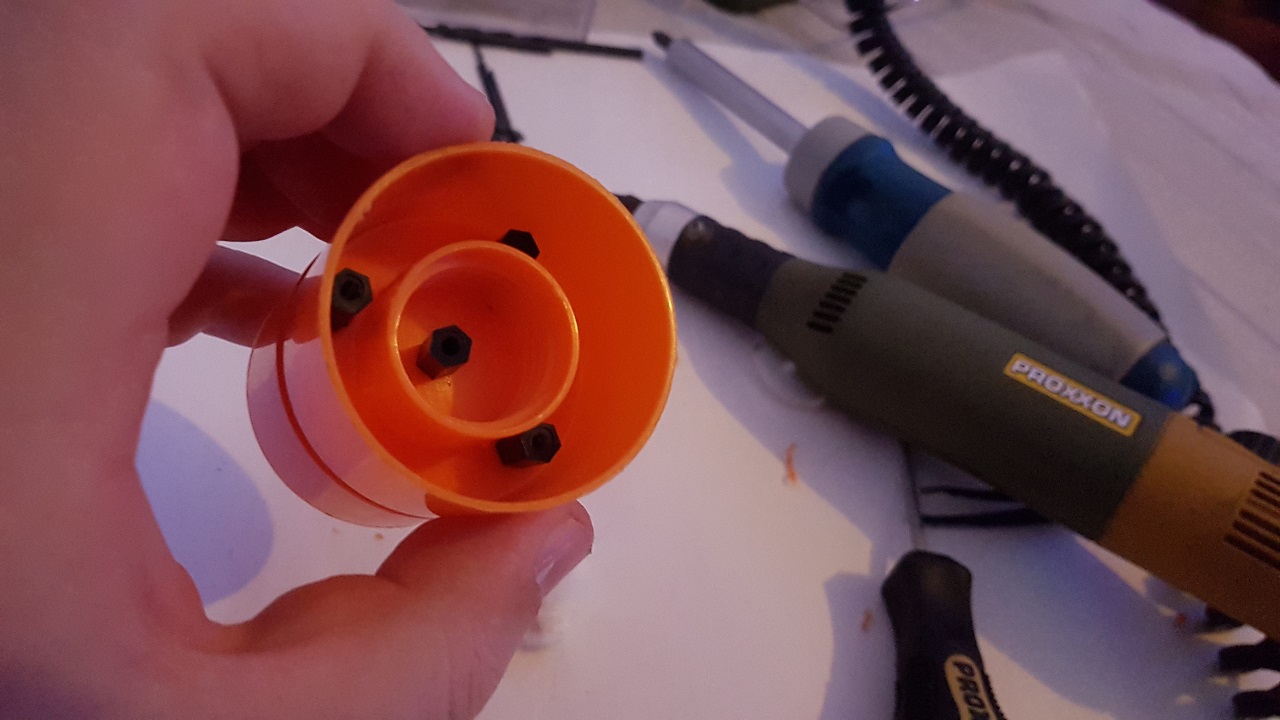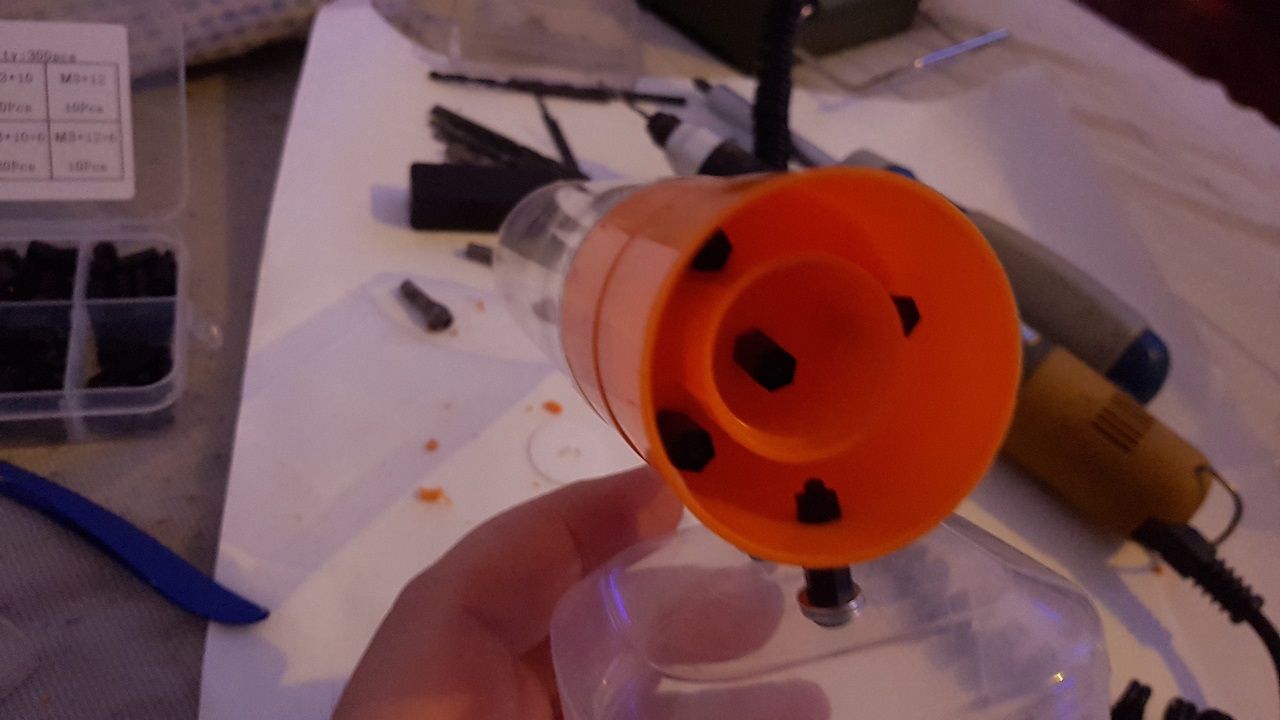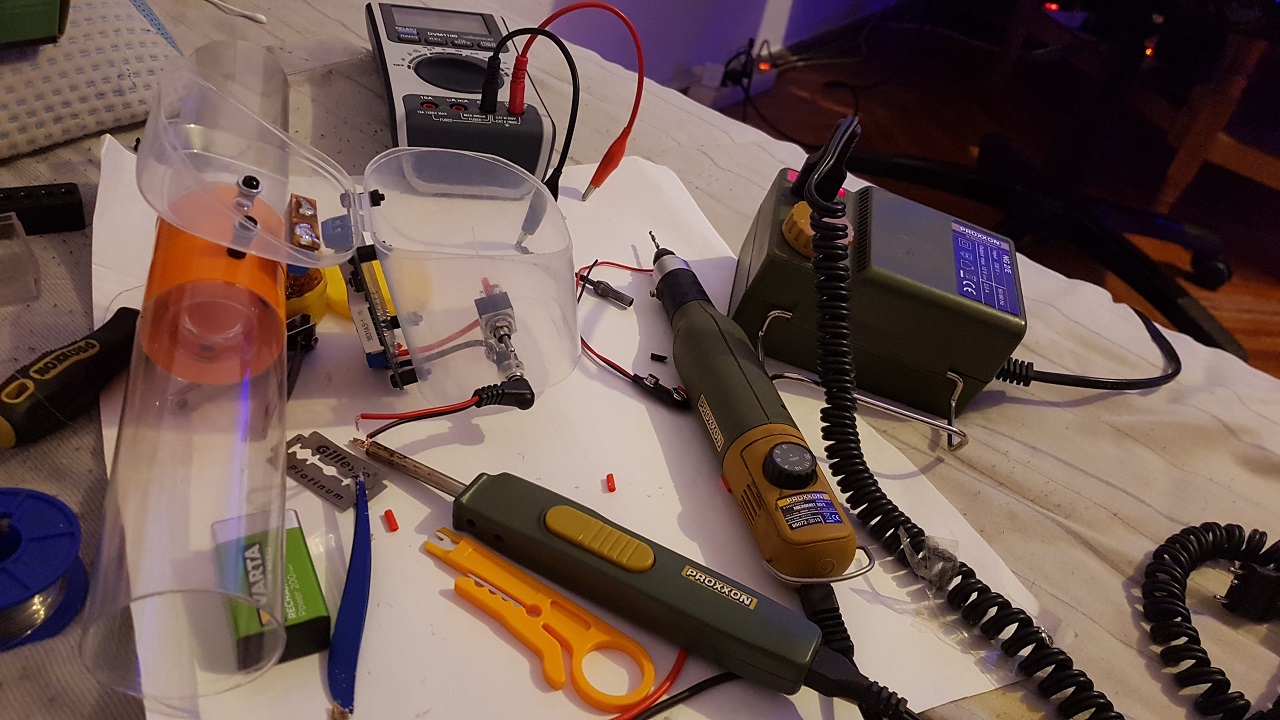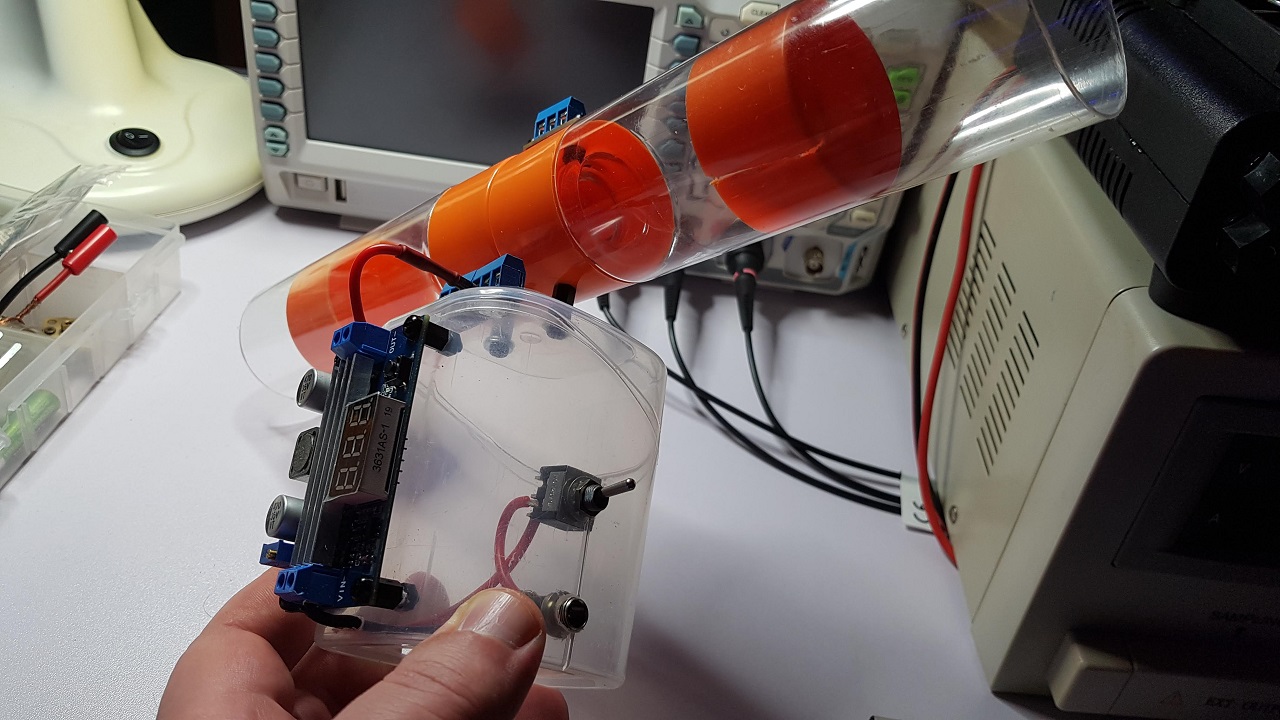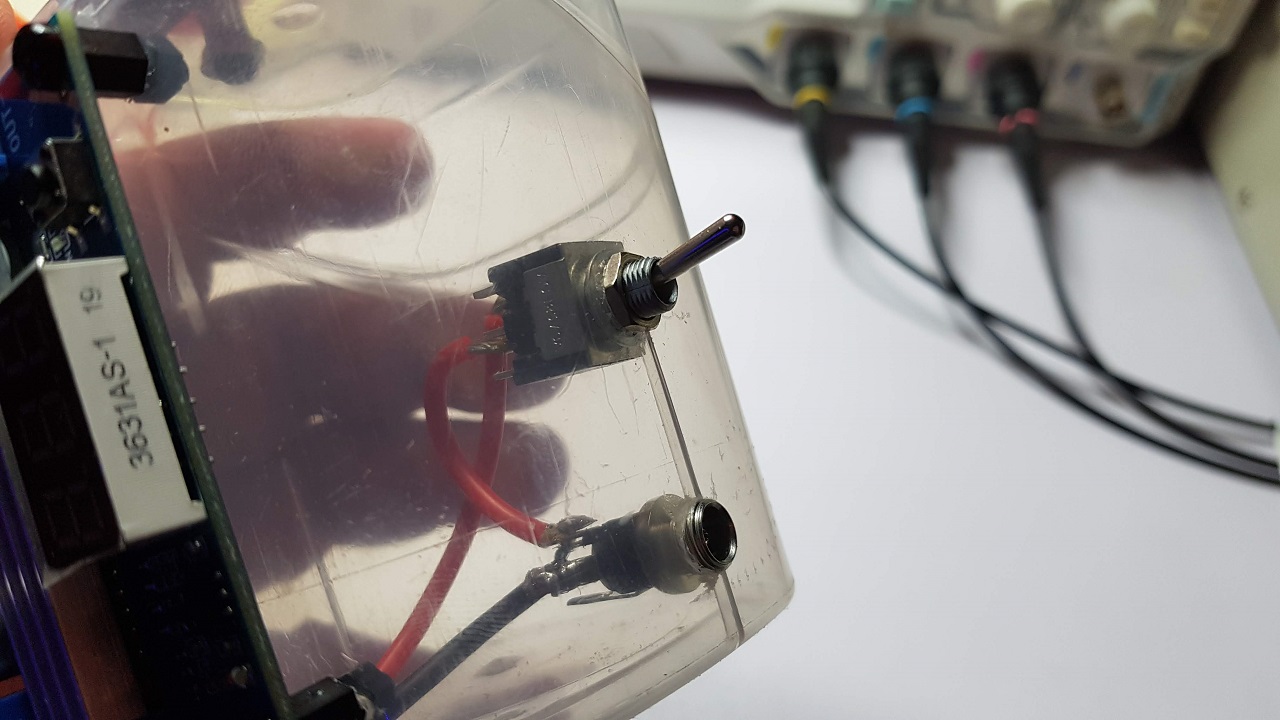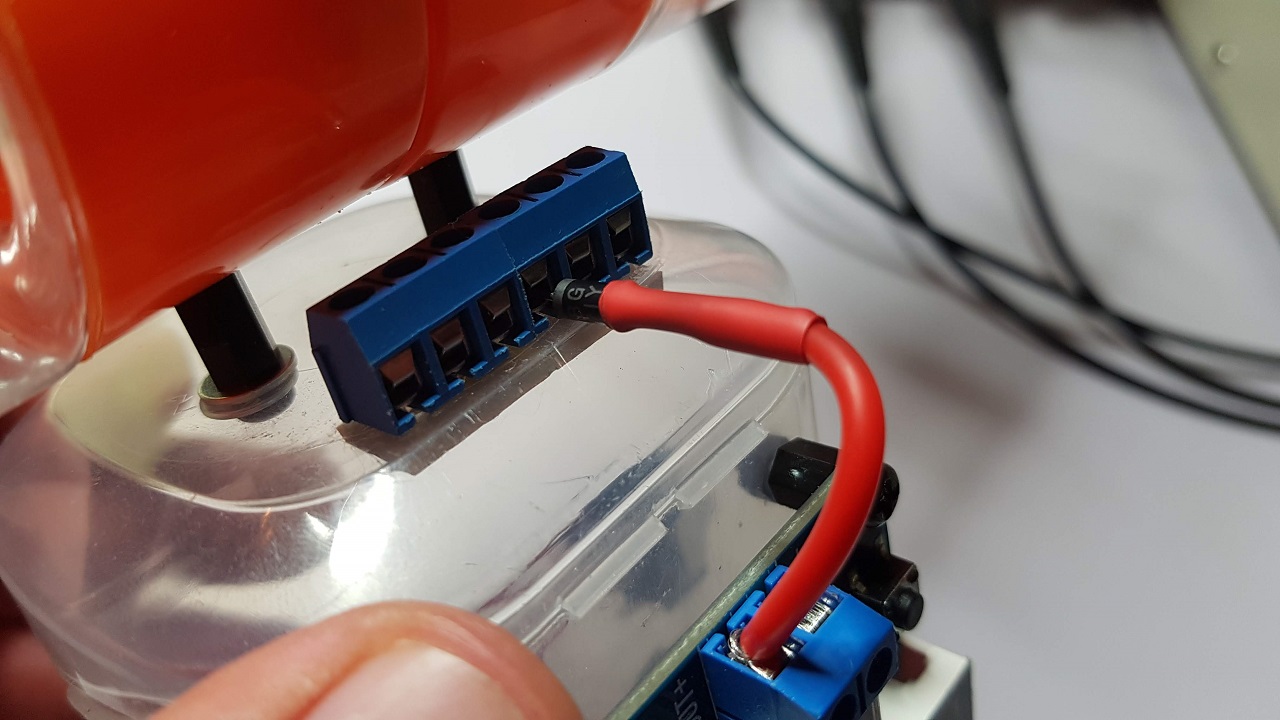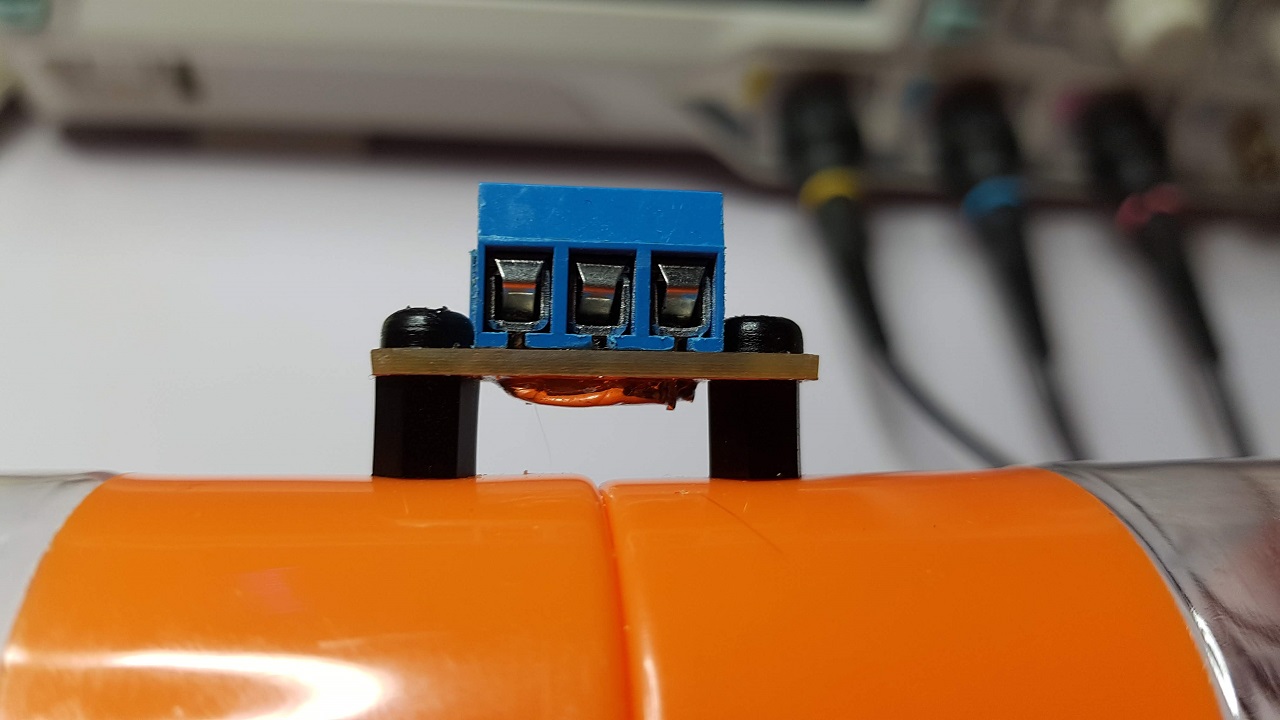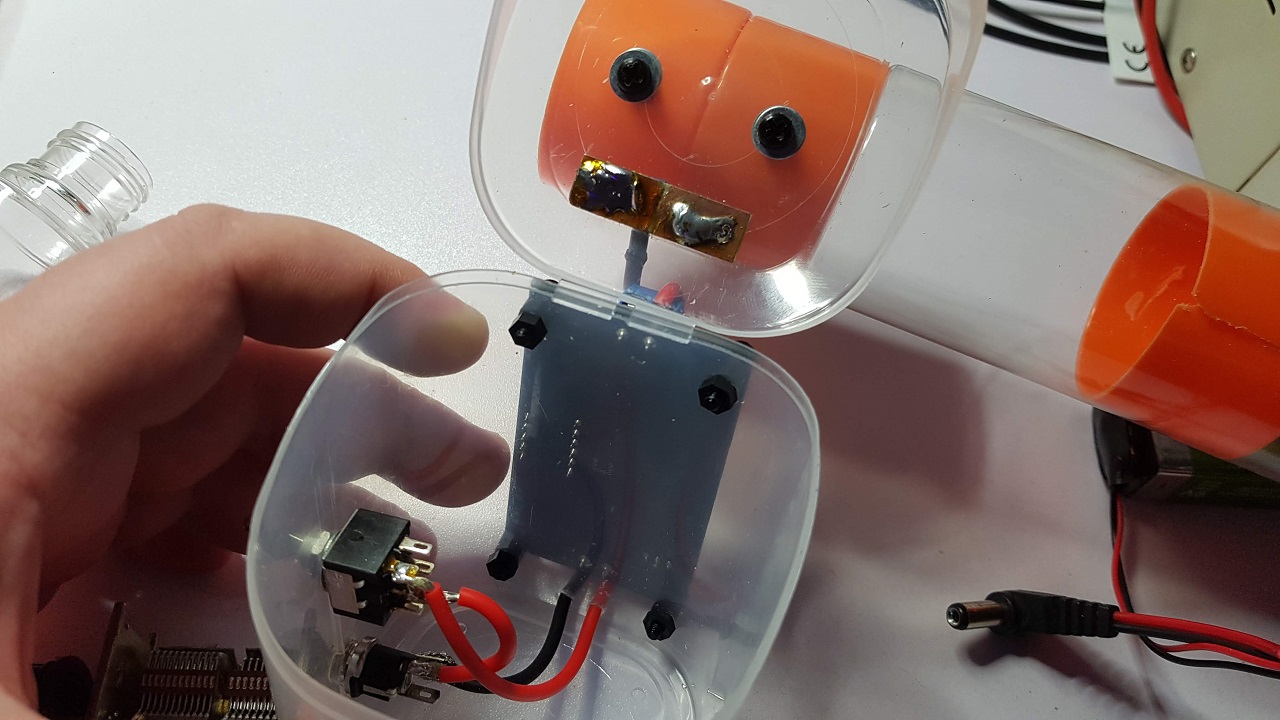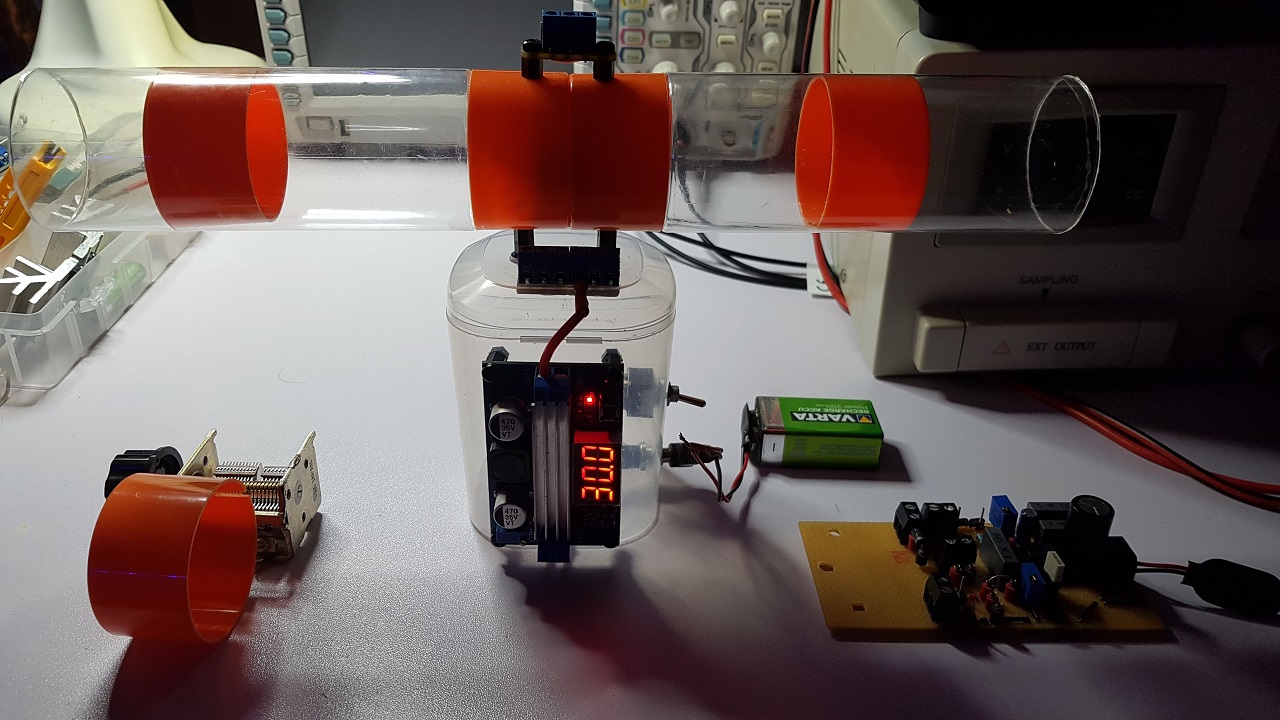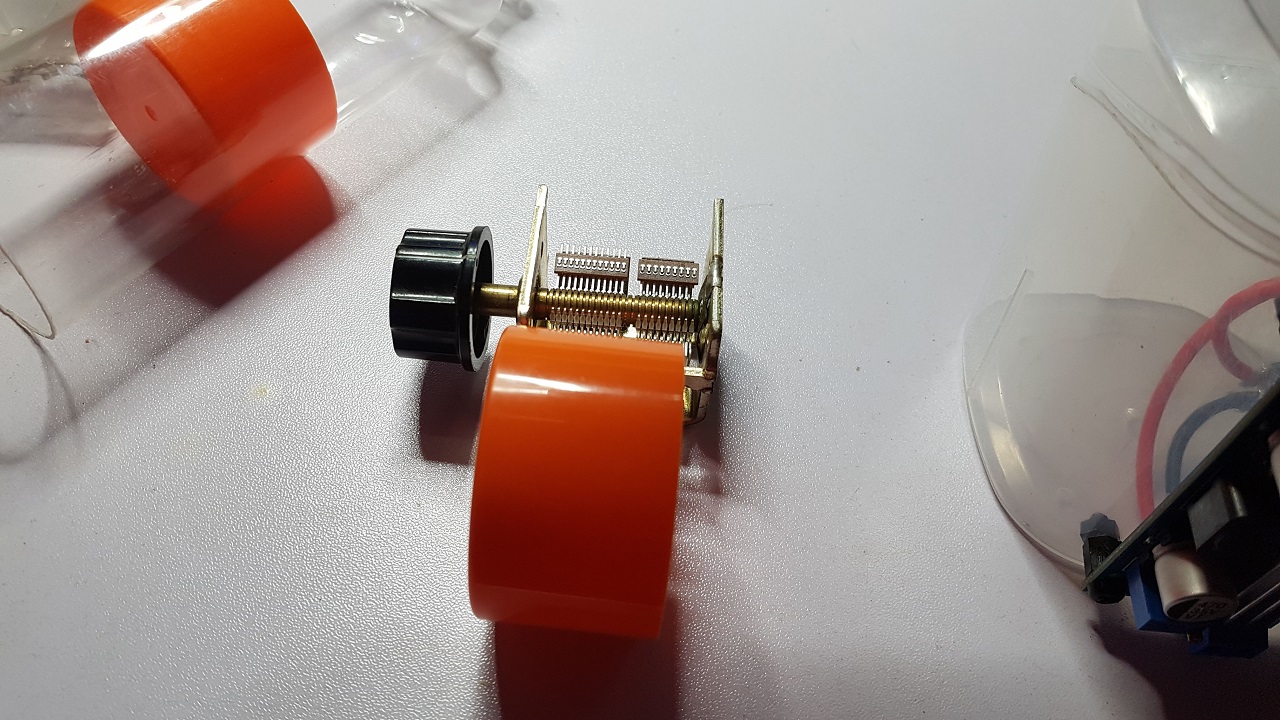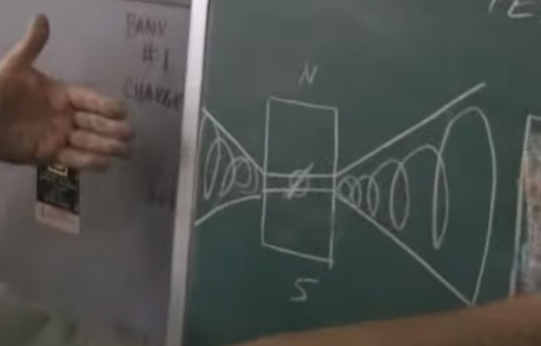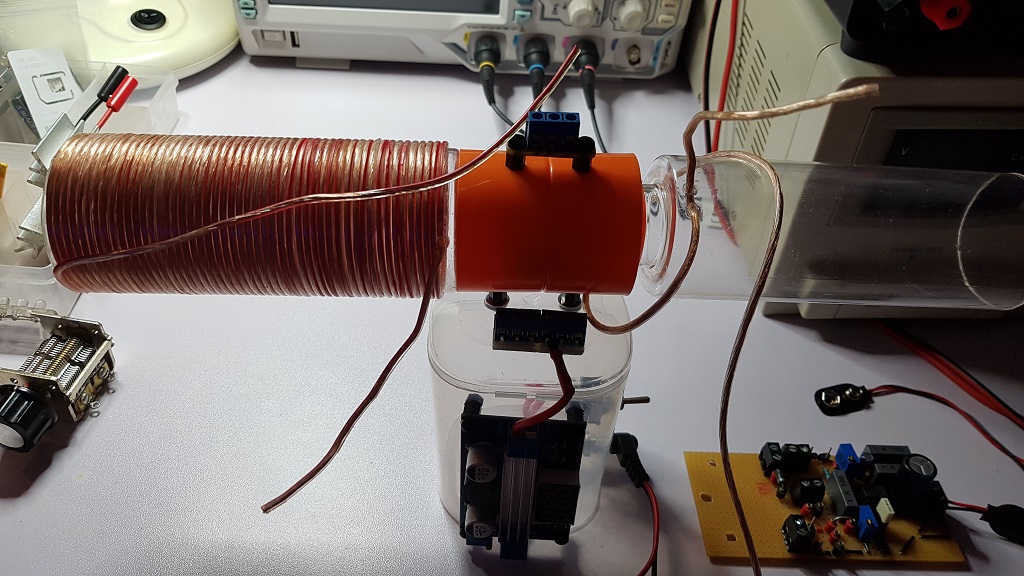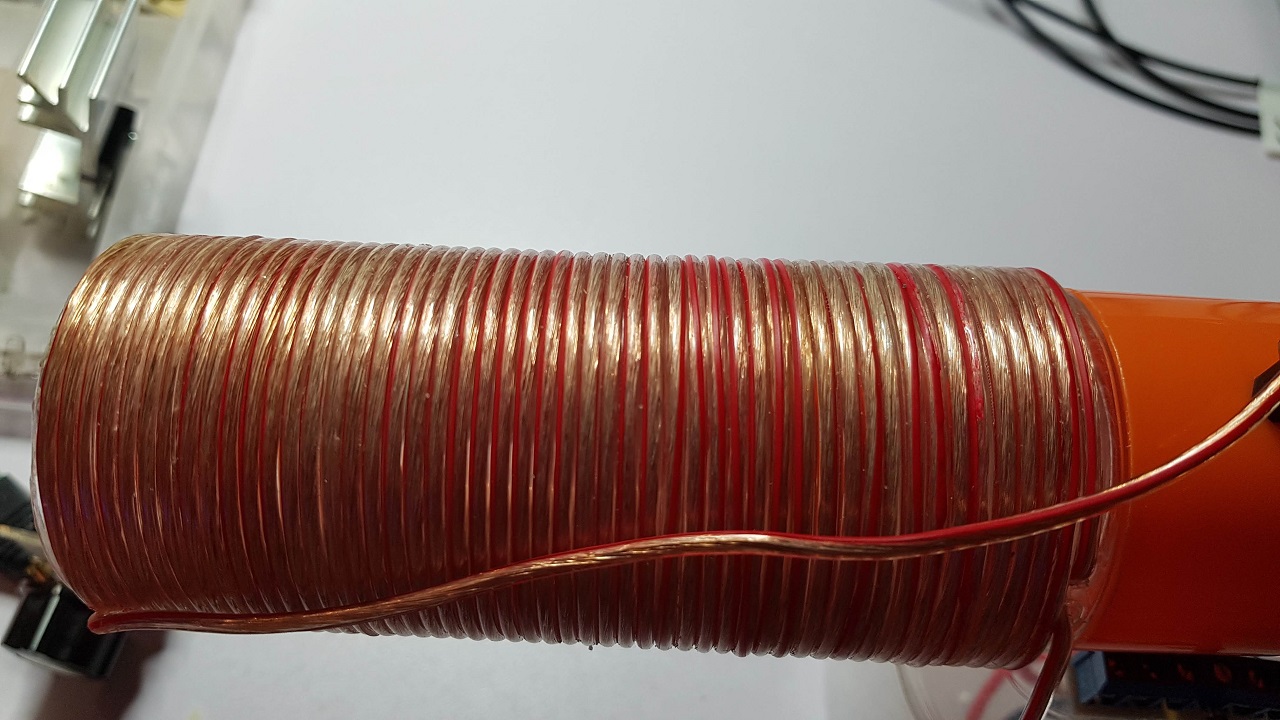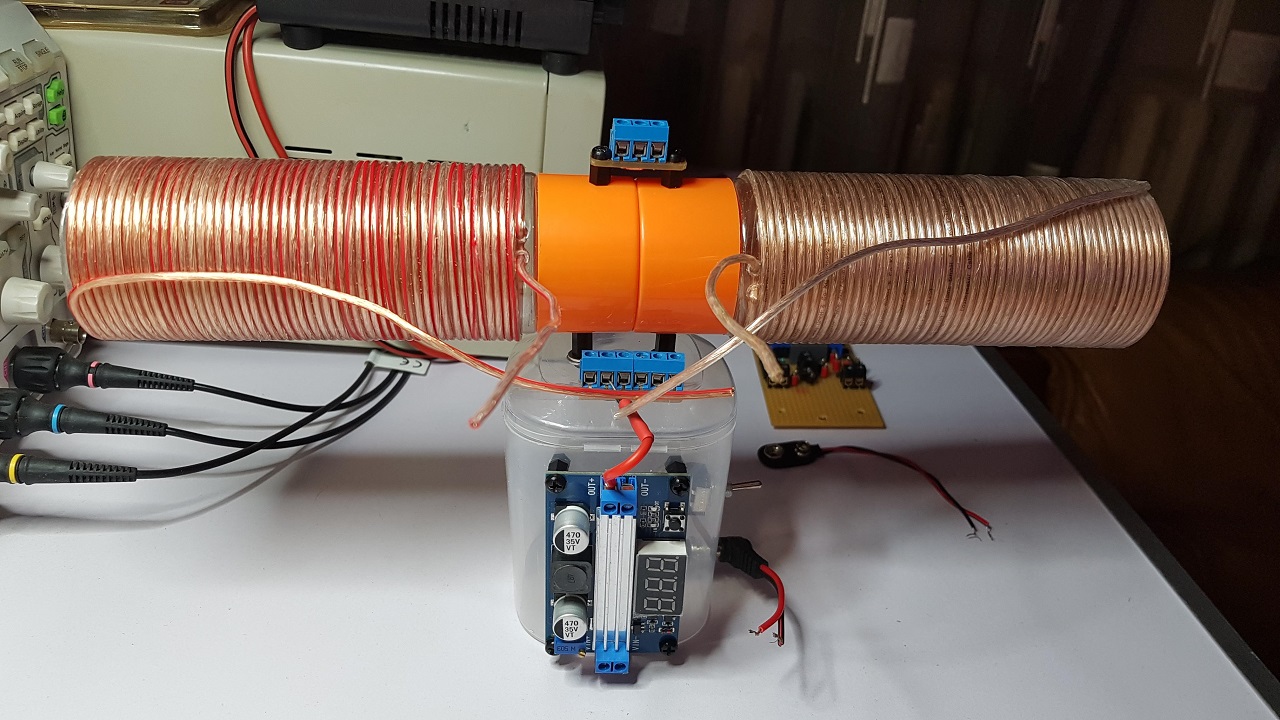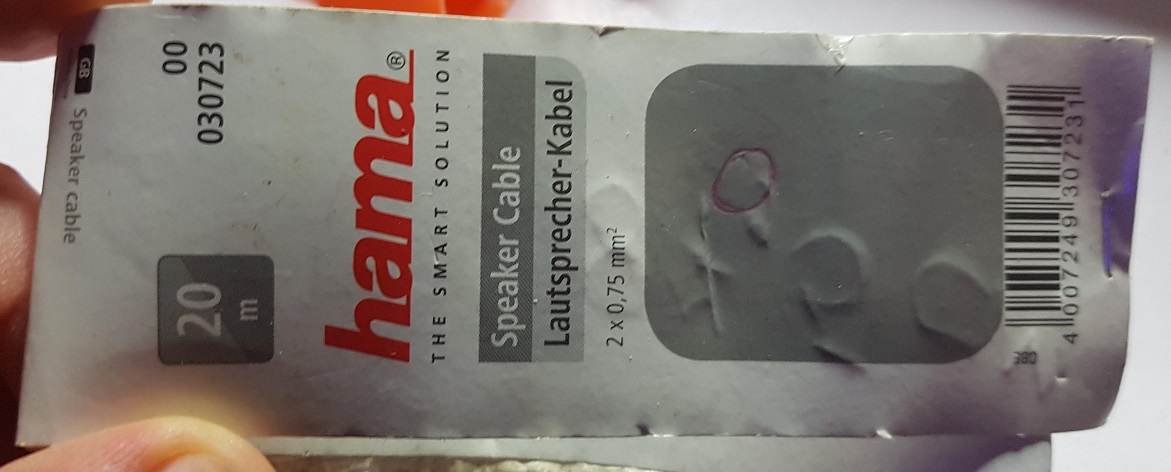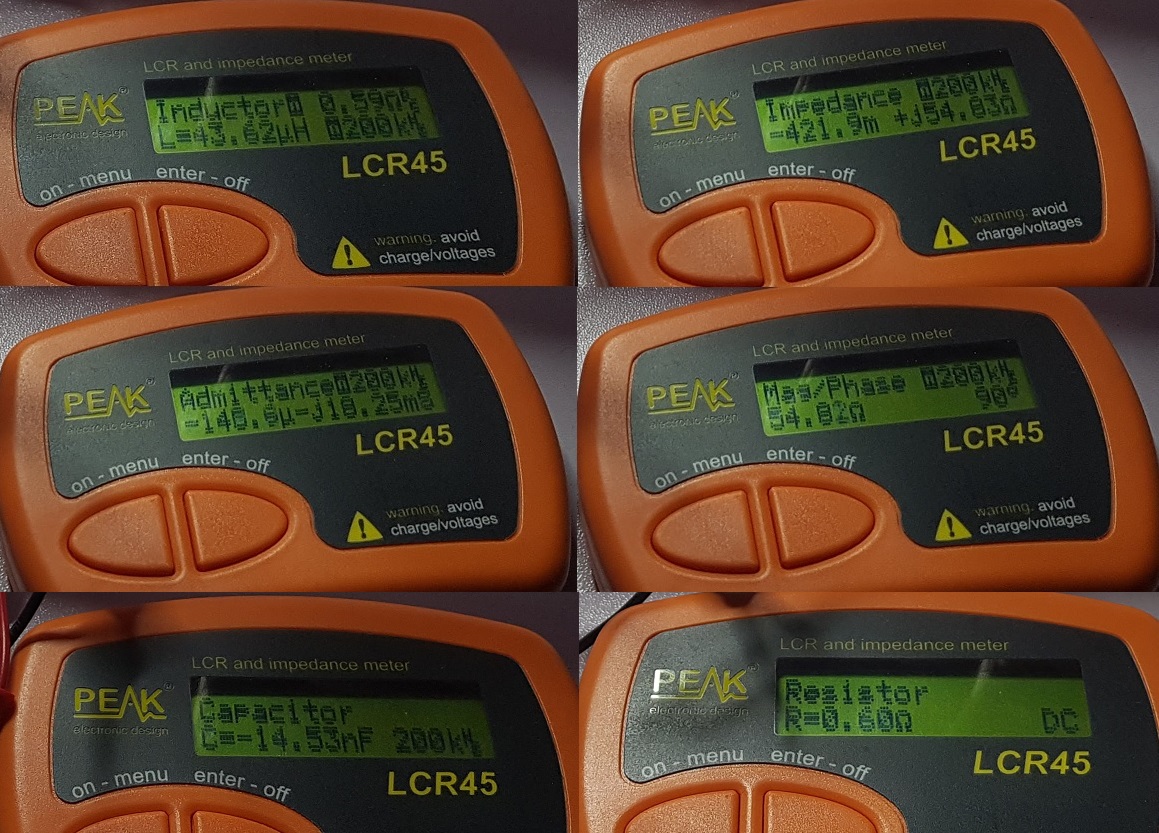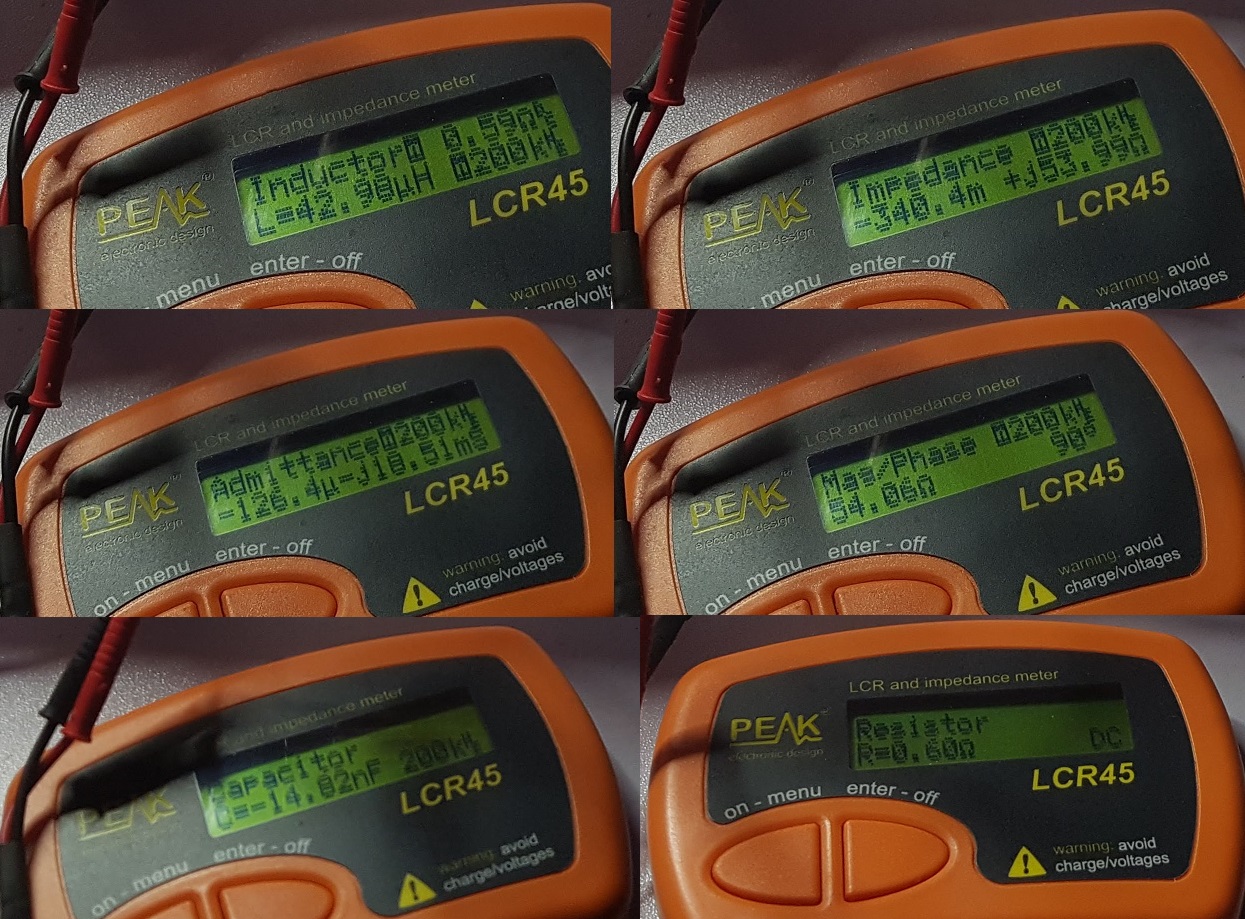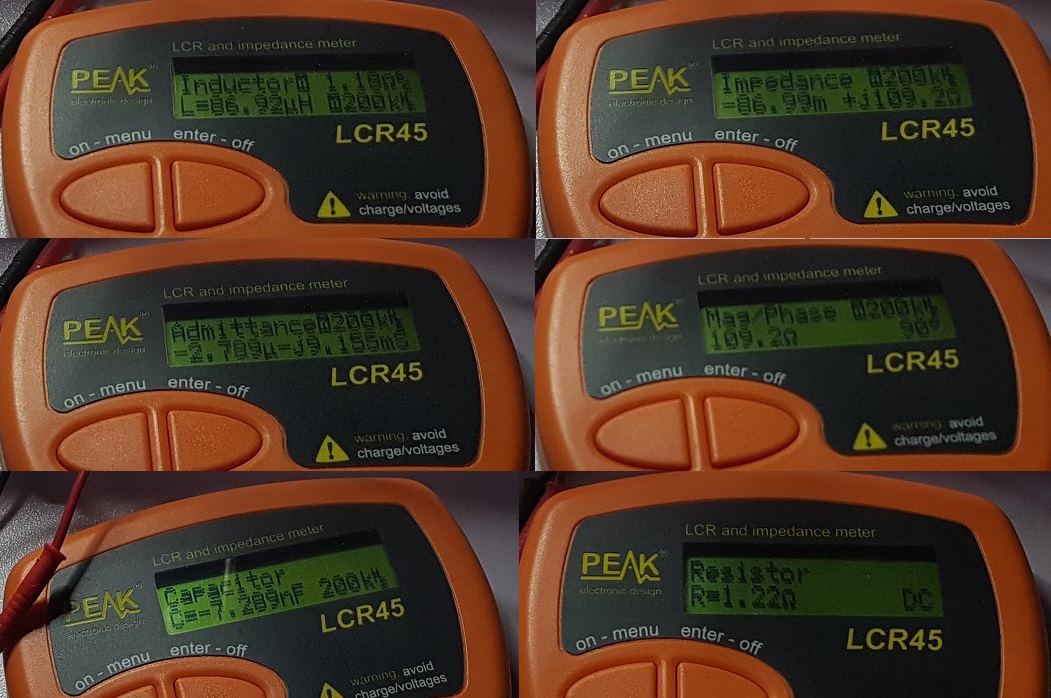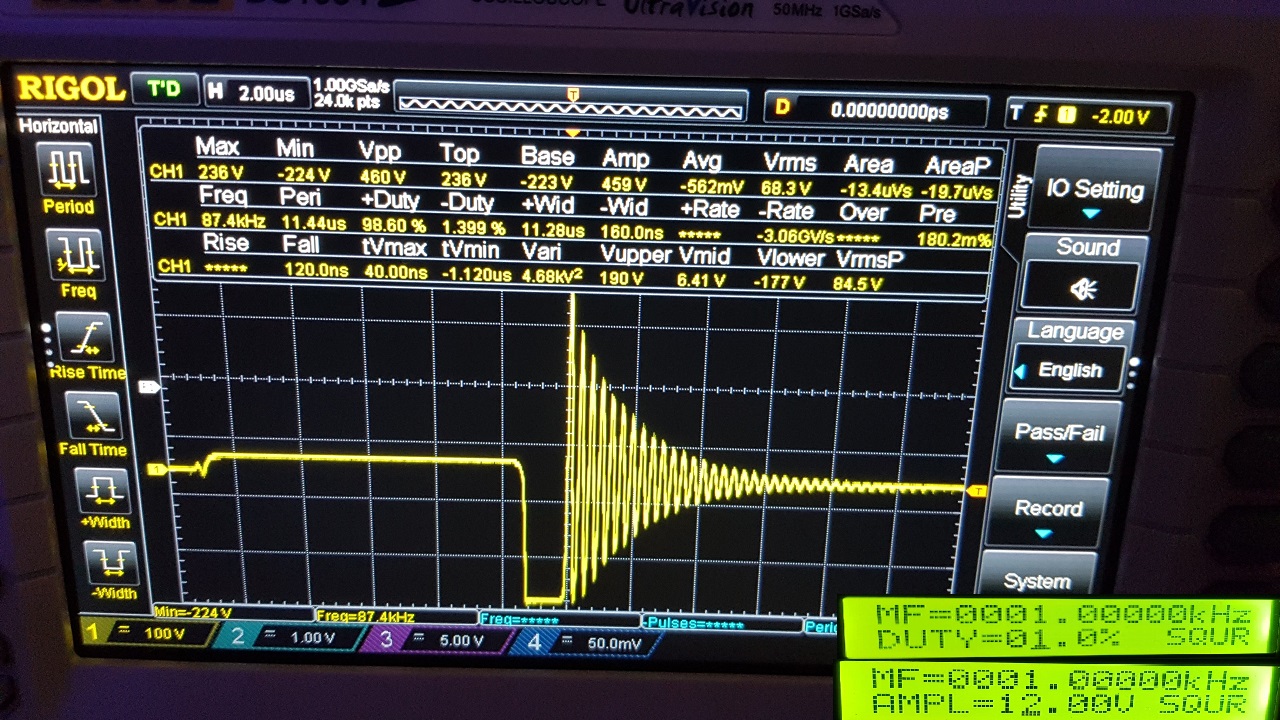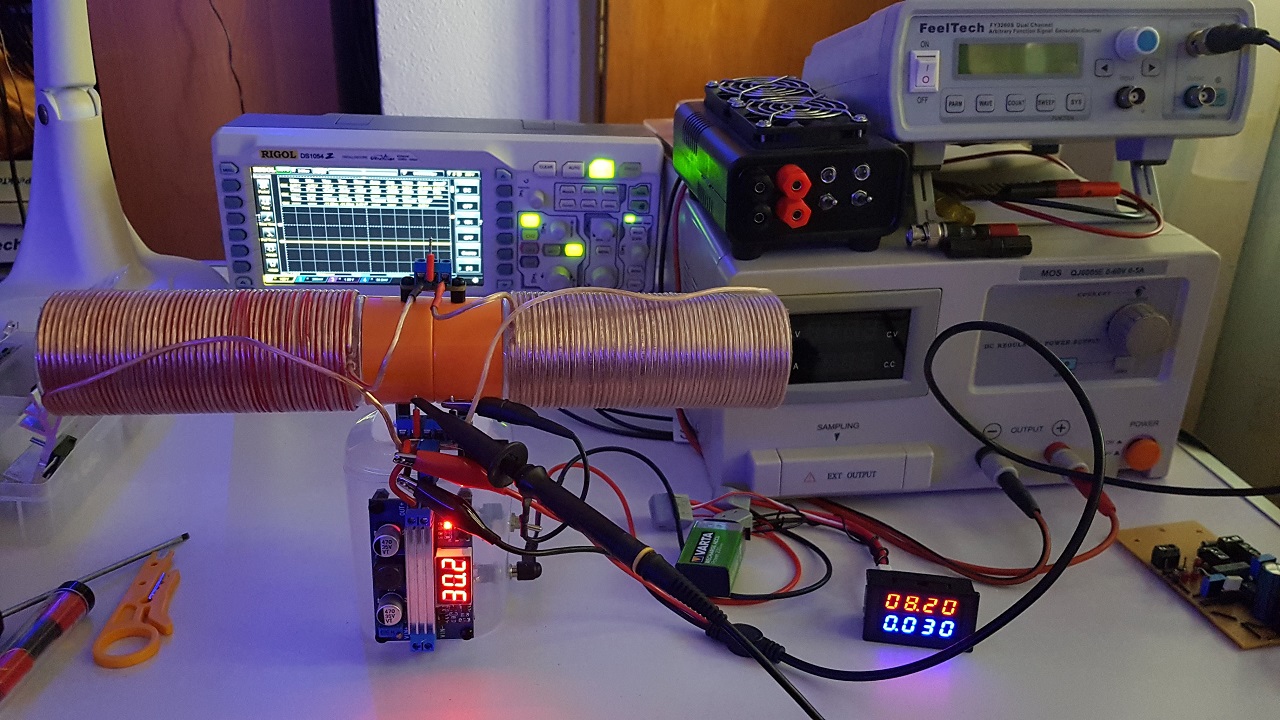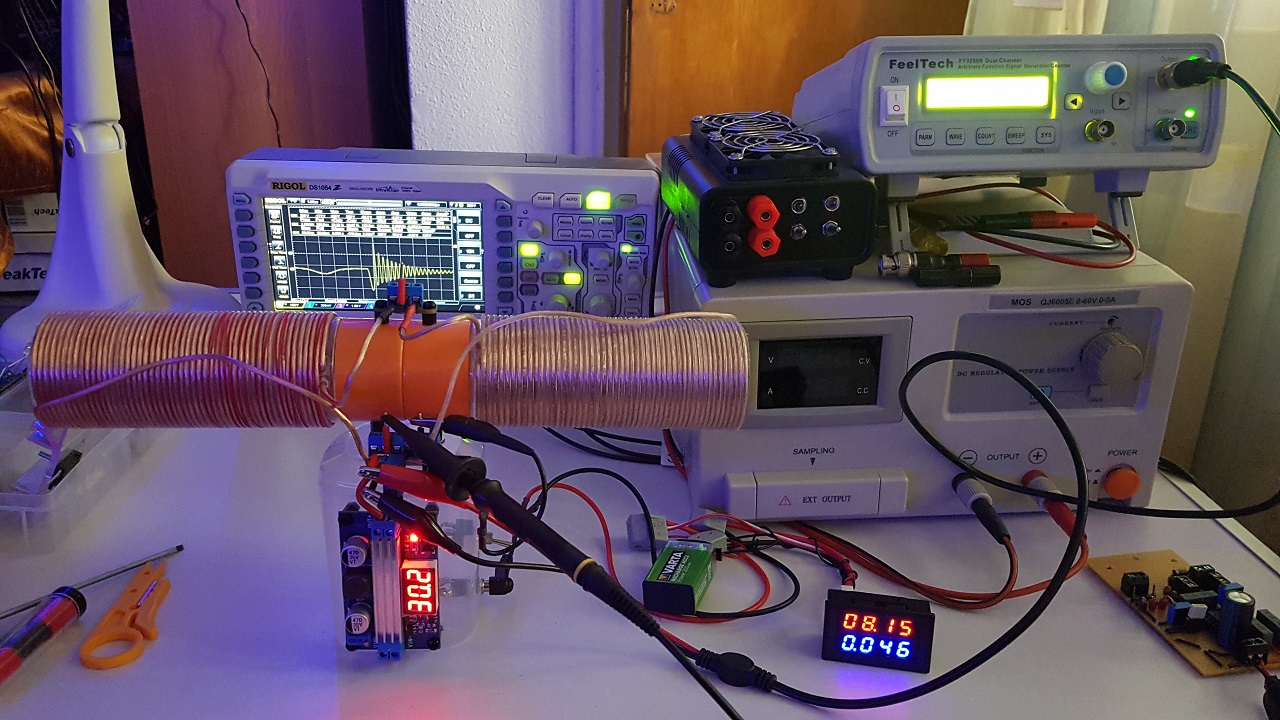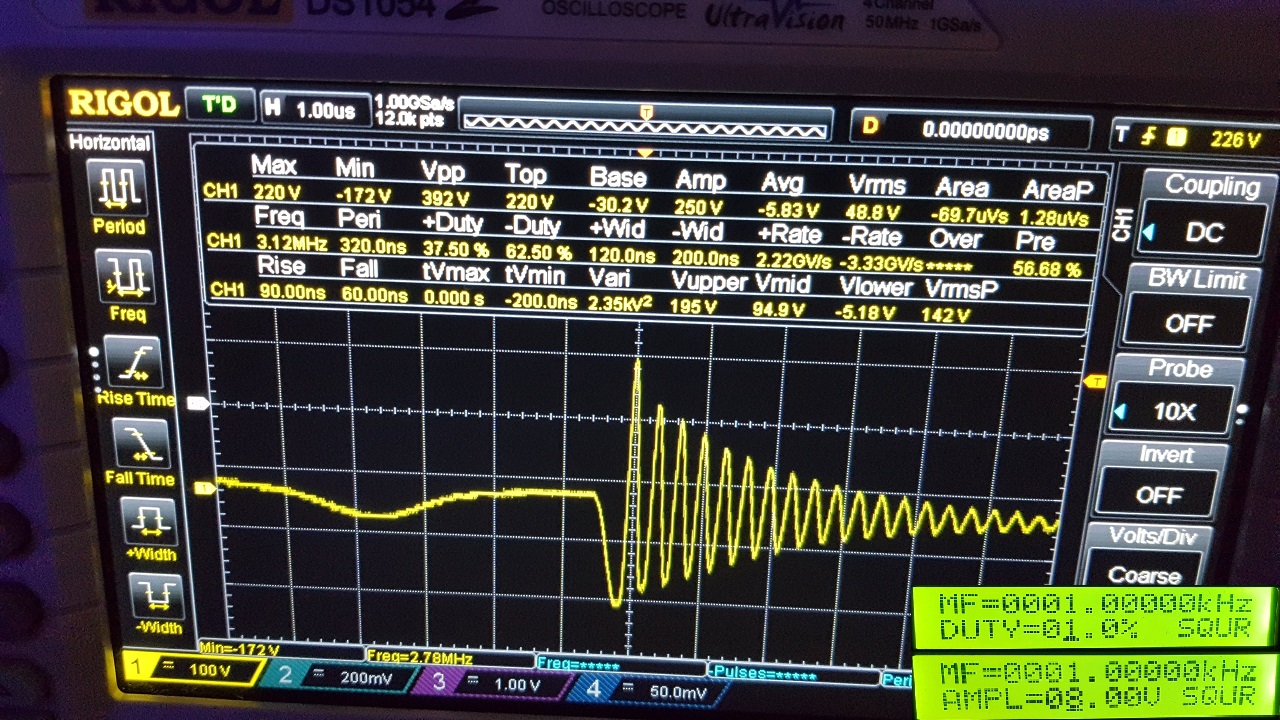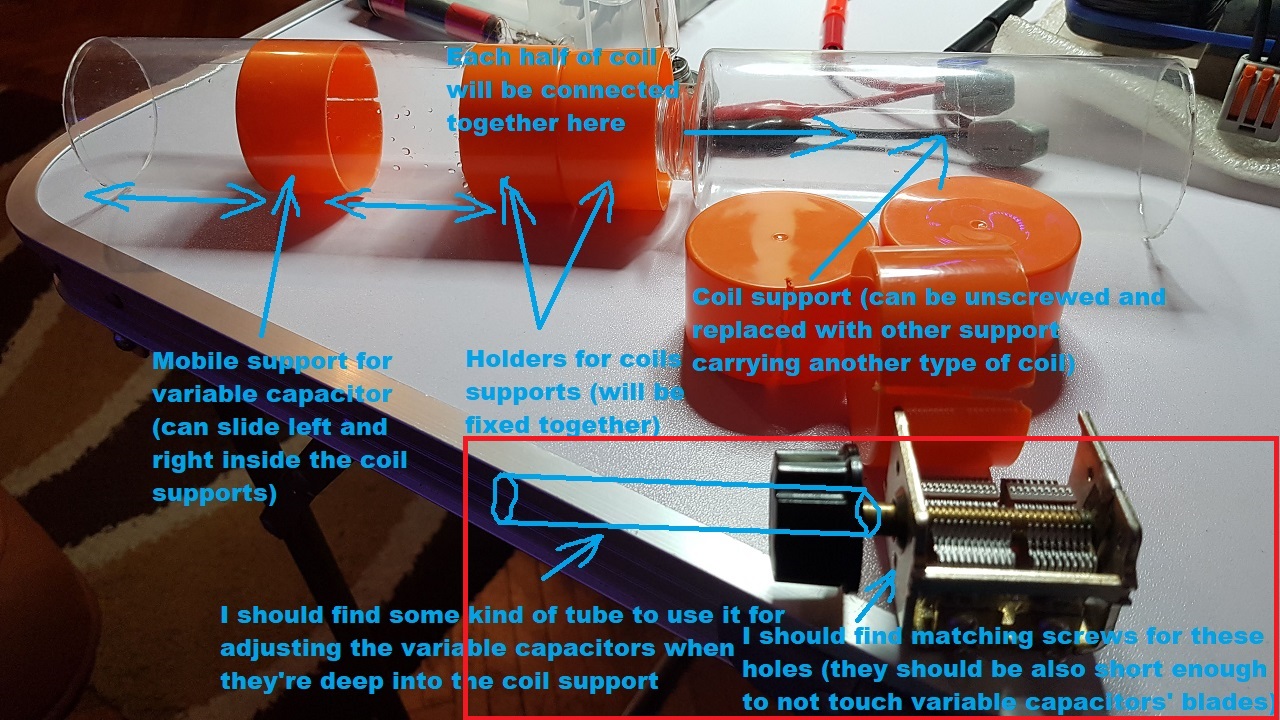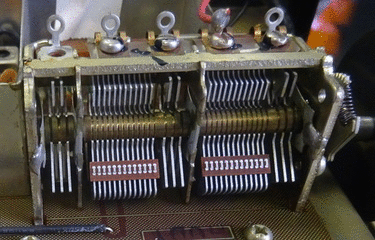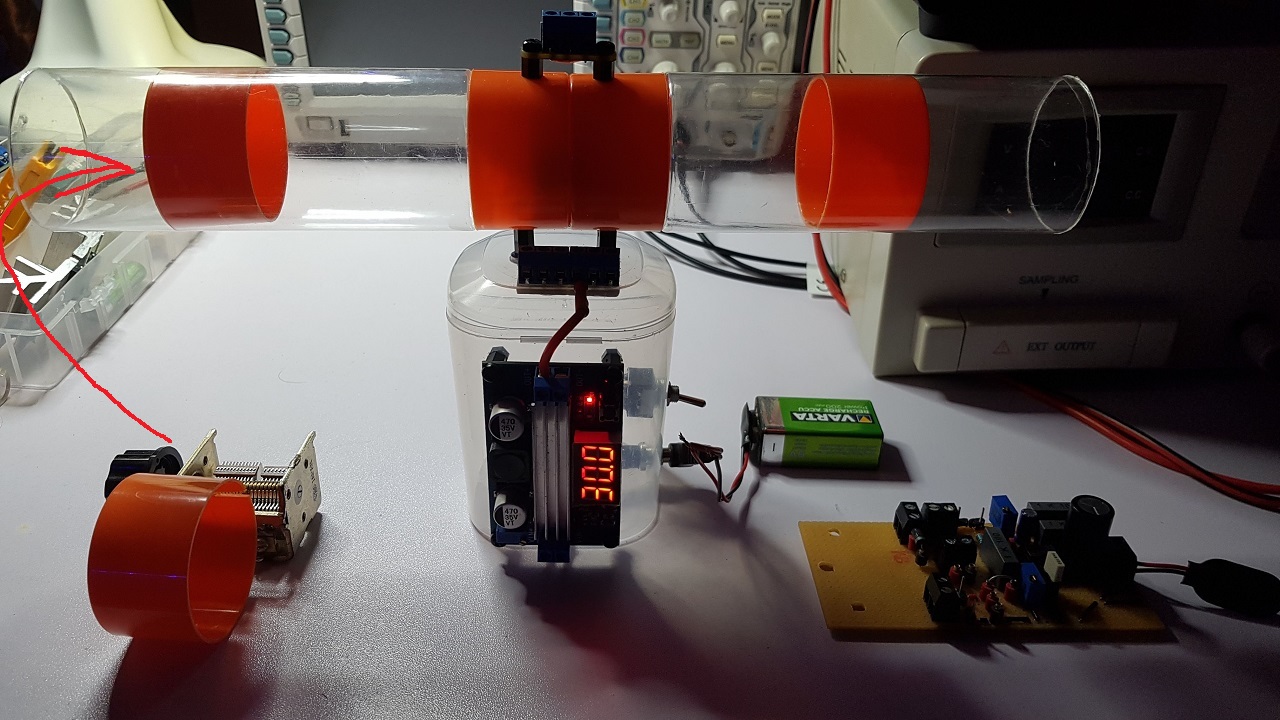Hello,
Last weekend I found some time to start work on building this experimental device.
I can't use 3D printing for this (too time consuming and probably expensive to design and print) so I need to use objects already available and adapt them.
I have about 10-15 identical plastic bottles I gathered for this and I can use them for building a modular device with interchangable parts.
There was some work to do (and a lot of mess):
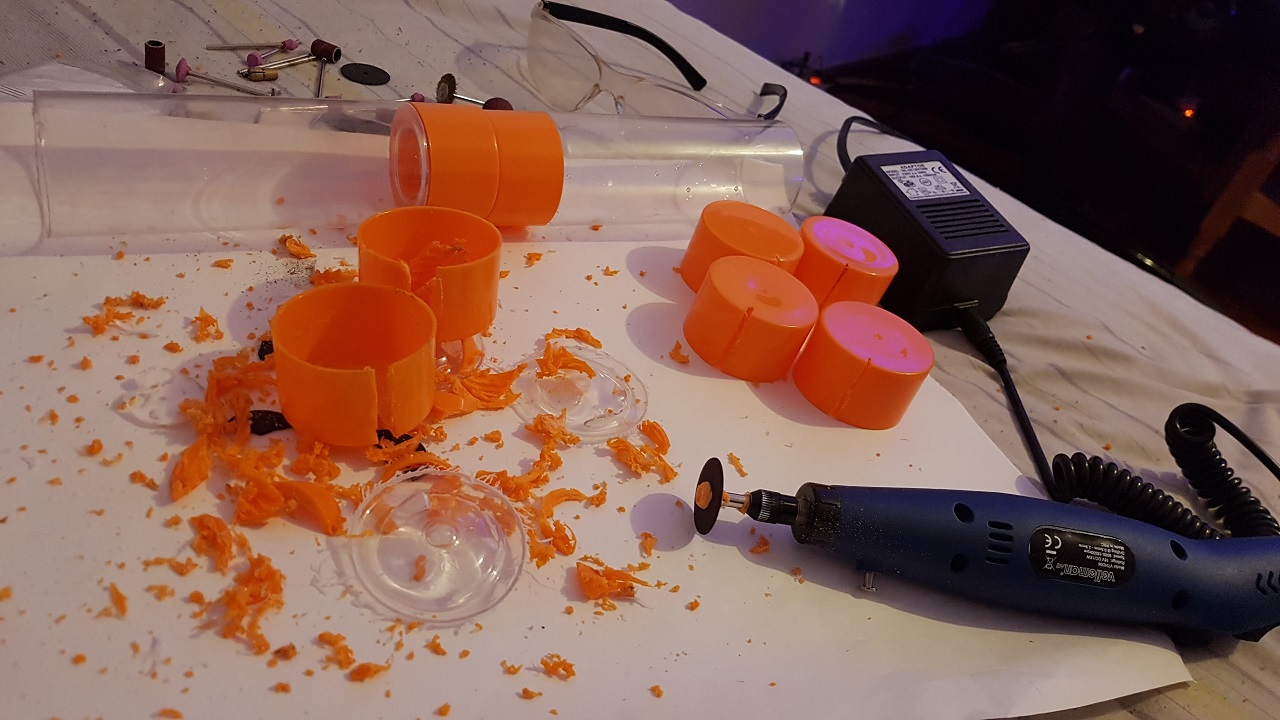
This is how I designed it in my mind before starting to build it:
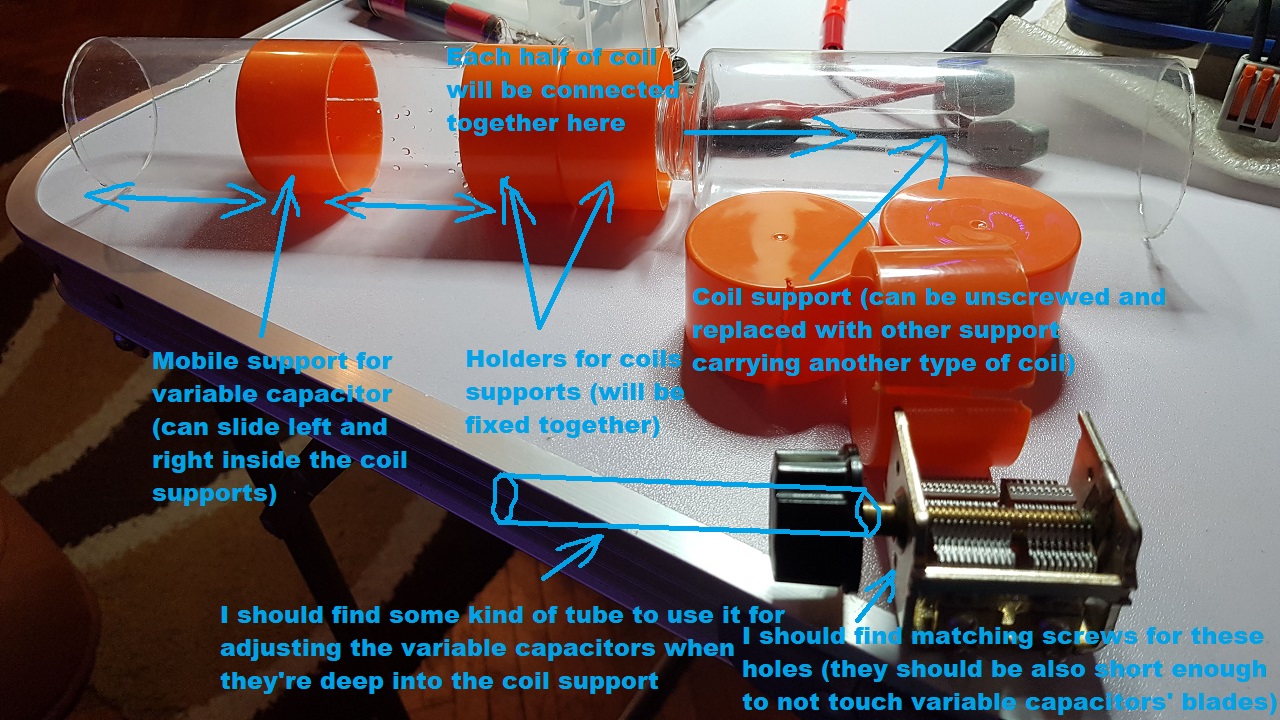
The caps in the middle will be fixed to each other and they will keep together the coils supports (the transparent tubes).
The coil supports are detachable (can be unscrewed) so I can easily wind the wire on them and then attach them back.
I can build more of these with different types of coils (single wire, bifilar etc.) as I need them without needing to unwind a coil and then wind a different type of coil again and again.
For example if at some point I want to have opposing coils I'll just unscrew the coil support on the right side and mount back another coil support having a coil opposing to the coil on the left side.
Why would I want that configuration ? Well, because as I said this should be a modular multi-purpose experimental device and at some point I intend to test this (as it appears in Don Smith's book) with a ground connection:
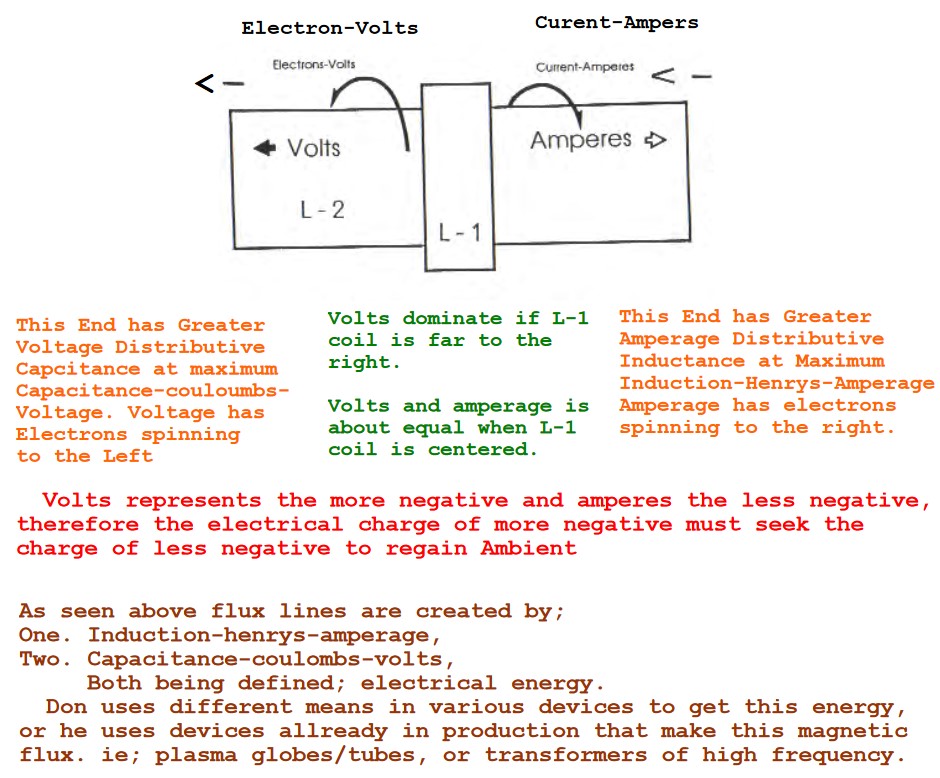
We need to test all the posibilities from what Don Smith told us.
Now back to the description of the device...
The variable capacitor supports are cut in a way that they are able to enter inside the transparent coil supports and they can slide inside so the variable capacitor can be placed at different depths inside the coils.
This is necessary for placing the variable capacitors in different zones inside the coils to see if there are any differences in the energy collected.
For now I need to find some kind of tubes to attach them on the variable capacitors trimmers so I can adjust them from outside even when they are slided deep inside the coils. I don't have those tubes yet and I need to find where I can find something like that or how to build them.
Also I checked and I don't have matching screws for the holes of the variable capacitors so I can fix them on their sliding supports. I'll search for that kind of screws. The screws lengths are important too, they shouldn't be so long else they will touch the variable capacitor's blades inside.
I still have work to do until the device is ready, I'll continue as I find time and I'll post updates here.
Regards,
Fighter
| "If you want to find the secrets of the universe, think in terms of
energy, frequency and
vibration." |
|
|
Nikola Tesla |



